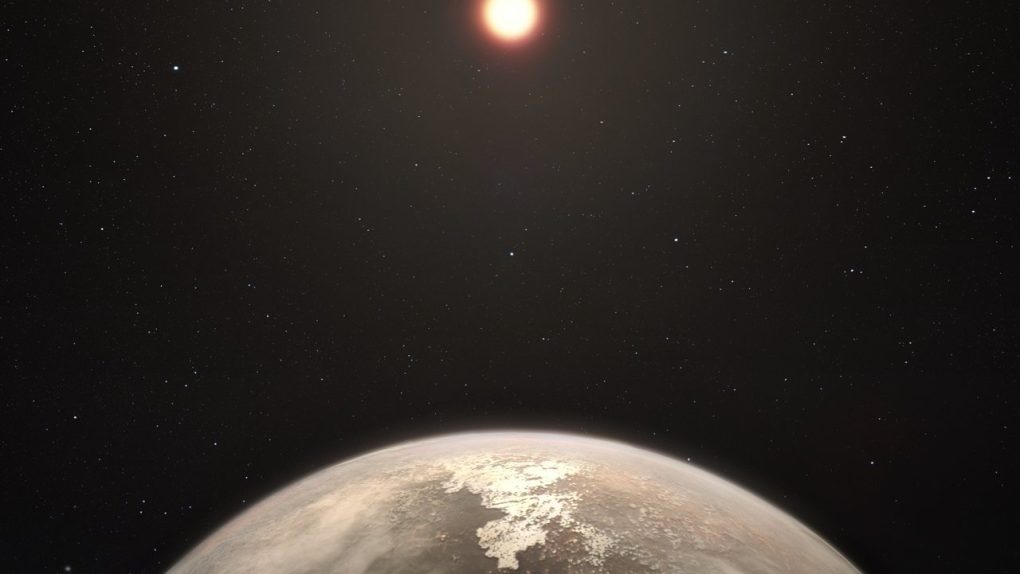One of the biggest challenges for astronomers searching for habitable exoplanets is trying to match up newly-discovered worlds with the increasingly long list of criteria that we believe is required for life to take root. A planet may be at a reasonable distance from its host star, but if that star is too young or too old, or just the wrong type, life as we know it would have a hard time there. Now, researchers are reporting the existence of several new planets which appear to meet all the requirements.
The research, which was conducted by scientists from the University of Cambridge and the Medical Research Council Laboratory of Molecular Biology, focuses on planets which are at a safe distance from their host star, but which are also getting enough UV light to trigger the chemical reactions which serve as the foundation for life to exist.
The researchers involved with the study used data from previous experiments which demonstrated the conditions under which the building blocks of life may have formed. Chemicals produced as a result of carbon-rich meteorites slamming into the early Earth are thought to have been a precursor for life, but the scientists still needed to account for the role that the Sun played.
By matching the kind of UV light used in the earlier experiments with that of stars known to host exoplanets, the scientists were able to determine which exoplanets had a similar amount of light and therefore the best chance at supporting life. The research was published in Science Advances.
Perhaps unsurprisingly, the planets that matched up are orbiting stars that are similar to our own Sun, matching up closely in temperature and intensity. Stars that are cooler may still have the ability to trigger life, but it would happen in fits and starts thanks to solar flares.
The planets that have all the right pieces in place include Kepler 452b, which has been cited as Earth-like in the past, though we’ll have to wait until new technology like NASA’s TESS and the oft-delayed James Webb Space Telescope have a chance to study it — and planets like it — in greater detail.








